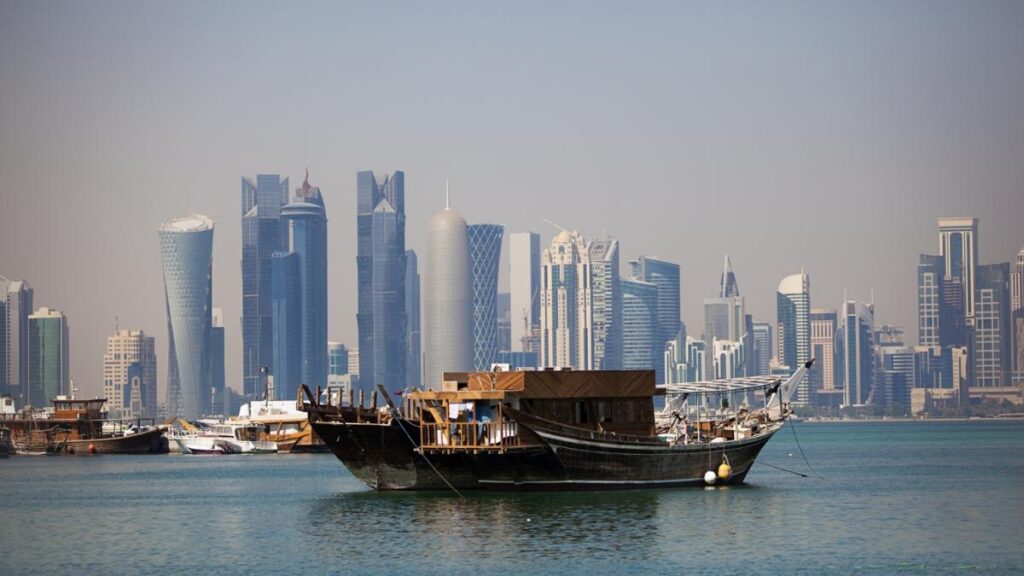Background and Scope of the Project

Glittering skylines, high urbanization rates, and massive development projects in the Gulf have increasingly attracted the attention of urban development scholars and practitioners. Within the GCC, an average of 88 percent of the total population live in cities, while on average only 56 percent of Yemen, Iraq, and Iran’s population live in urbanized spaces. The tempo and spatial ethos of urbanization in the Gulf differ markedly from patterns of traditional urbanism in other developing countries. Within a matter of decades, Gulf port cities have rapidly evolved from regional centers of cultural and economic exchange to globalizing cities deeply embedded within the global economy. Exponentially evident features of Gulf cities such as international hotel chains, shopping centers, and entertainment complexes have classified these cities as centers of consumption. Other urban trends, such as exhibition and conference centers, media and knowledge cities, and branch campuses of Western universities have integrated Gulf cities within numerous global networks.
From the advent of oil discovery until present day, forces of economic globalization and migration, national conceptualizations of citizenship, and various political and economic structures have collectively underpinned the politics of urban planning and development. While oil urbanization and modernization direct much of the scholarship on Gulf cities, understanding the evolution of the urban landscape against a social and cultural backdrop is limited within the academic literature. For instance, within the states of the GCC, the citizen-state-expatriates nexus has largely geared the vision and planning of urban real-estate mega-projects. These projects reflect the increasing role of expatriates as consumers and users of urban space, rather than as mere sources of manpower utilized to build the city. Other state initiatives, such as the construction of cultural heritage mega-projects in various Gulf cities, reveal the state’s attempts to reclaim parts of the city for its local citizens in the midst of a growing expatriate urban population.
Spatial and temporal segregation are evident in highly privatized, zoned, and segregated spaces in Gulf cities. As part of the state’s drive to create knowledge economies, international higher education institutions convey broader social dynamics such as social stratification, national identity, and citizenship in relation to the creation of knowledge economies. Residential areas, ranging from traditional neighborhoods to gated compounds, inform us about the socio-spatial process of transnationalism within Gulf cities, as well as the inhabitants’ sense of identification with their respective residential communities. In addition to issues of class, nationality, and identity, gender and mobility within the city are vital to understanding urbanizing Gulf societies in relation to the demographic imbalance.
The political economy of urban development is an emerging area of inquiry in the scholarship of Gulf cities. For instance, the spectacular architectural design of cultural heritage mega-projects is indicative of increasing cosmopolitanism of urbanized Gulf cities and their aim to cater to global audiences. A particular area of interest is the extent to which the state engages with international consultants, local planners and architects in constructing cosmopolitan heritage projects that solidify both national and transnational identity.
Other sites in the city, such as the presence and use of public space in the urban landscape, can help in understanding processes of social interaction and the form and function of authority in the city. Some spaces, such as the Pearl Roundabout in Bahrain, have become symbolic sites of political contestation. Other seemingly less securitized sites and features of Gulf cities, such as Souqs (traditional marketplace), seek to reinvent traditional forms of urbanism by reconciling culture and the creation of public space.
In addition to the development projects and planned spatial configurations of Gulf cities, political and economic dislocation has also given rise to informal settlements. Greater academic focus on these unplanned areas may provide insight into the city’s more inclusive areas, how transnational connections are formed by their users, and the ability of city dwellers to participate in shaping the form and function of their city’s space.
Diverse historical, geographical, political and socio-economic settings across the region necessitate contextualizing Gulf cities in relation to their respective urban development trajectory. Complex urban networks in such regional cities as Riyadh, Jeddah, Muscat, Sana’a, Bandar Abbas, and Baghdad reveal a sense of historical and cultural continuity that are distinct from the Gulf metropolises of Doha, Kuwait City and Dubai. Examining the urban landscape of Gulf cities in their specific context and in a comparative perspective provides added insight into the political, cultural, and socio-economic contexts that have shaped urbanization in the region.
In line with this, the CIRS research initiative “The Evolution of Gulf Global Cities” will examine dynamics of urban configurations in the Gulf region (the GCC, Yemen, Iraq and Iran) to understand the city as a cultural and social space. By engaging with urban sociologists, social geographers, political scientists, city planners, and architects, this multi-disciplinary research project aims to link macro-level knowledge of urbanization and modernization projects in the Gulf, with the micro-level understanding of everyday spaces of living and human interaction.
Article by Dwaa Osman, Research Analyst at CIRS